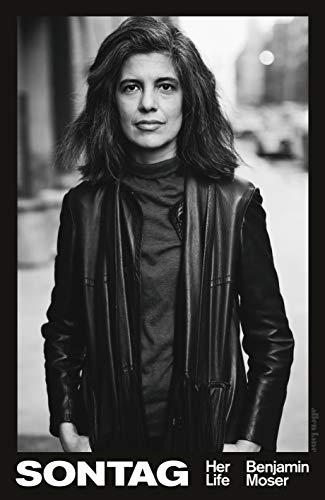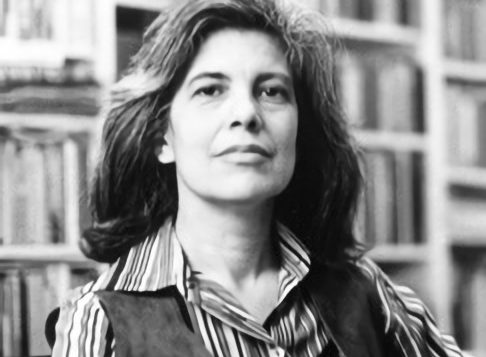 Sontag: Her Life and Work
Sontag: Her Life and Work
by Benjamin Moser
Ecco. 832 pages, $39.99
BENJAMIN MOSER’S biography Sontag: Her Life and Work makes a show of presenting Susan Sontag’s life in a nonjudgmental way, but I fear he is not always successful in this undertaking. Although the book is a virtual kitchen sink of information about Sontag’s life, Moser seems to have started the project with certain expectations about Sontag that she does not live up to in his estimation.
He begins with a wealth of details about her early life—notably the death of her father, her alcoholic, fault-finding mother, her terrible marriage to Philip Rieff, the birth of their son—and moves on to her vast array of lovers, both male and female, and to her lifelong inability to come to terms with her sexuality, which was undoubtedly lesbian at root. We learn of her relentless ambition to be famous and to be taken seriously as an essayist and a novelist.
At some point in this gargantuan biography, Moser takes a detour and decides to change the focus, moving in the direction of psycho-biography. Ironically enough, psychologizing was anathema to Sontag herself, who criticized writers who engage in this practice in her 1966 essay “Against Interpretation,” where she singled out writers who attempt to explain a person or character in terms of a single motive or characteristic rather than from multiple perspectives.
Irene Javors, a psychotherapist based in New Yorik City, is a frequent contributor to these pages.






